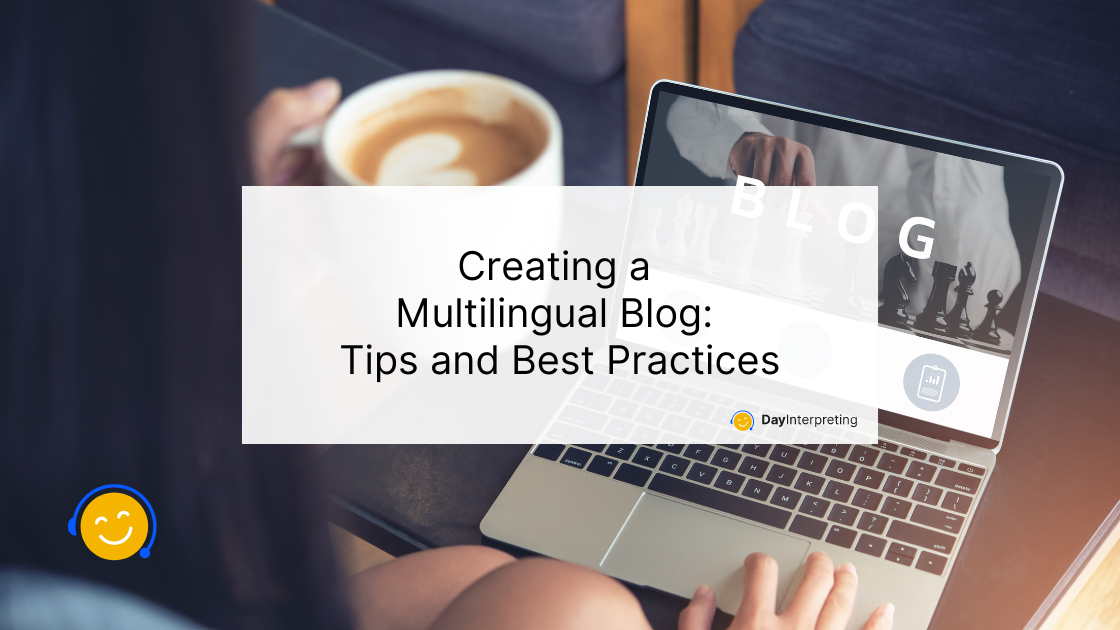Creating a multilingual blog is a fantastic way to reach a global audience and share your ideas with people from different cultures. Whether you’re a travel blogger, a foodie, or just someone with a passion for writing, having a blog in multiple languages can open up new opportunities. But how do you get started? Let’s dive into some tips and best practices for creating a successful multilingual blog.
Why Go Multilingual?
Reach a Wider Audience
One of the biggest benefits of having a multilingual blog is the ability to reach more people. Not everyone speaks the same language, so by offering your content in multiple languages, you can attract readers from all over the world.
Improve SEO
Search engine optimization (SEO) is crucial for any blog. By having content in different languages, you can rank higher on search engines for various keywords, which means more people will find your blog. Coordinating this with targeted PR campaigns can further expand your reach by boosting visibility across multiple channels.
Build Cultural Connections
Writing in different languages allows you to connect with readers on a deeper level. You’ll be able to understand and appreciate different cultures, making your blog more inclusive and engaging.
Getting Started
Choose Your Languages
The first step in creating a multilingual blog is to decide which languages you want to include. Think about your target audience and which languages they speak. If you’re not sure, start with one or two languages that are most relevant to your readers.
Use Translation Tools
There are many tools available to help you translate your blog content. Some popular options include Google Translate, DeepL, and professional translation services. Keep in mind that automated translations might not be perfect, so having a native speaker review your content is always a good idea.
Set Up Your Blog
You’ll need to choose a blogging platform that supports multilingual content. WordPress is a popular choice, as it has many plugins specifically designed for multilingual blogs. Some of these plugins include WPML, Polylang, and TranslatePress. For those seeking greater flexibility and customization, several WordPress alternatives also offer robust multilingual support and enhanced content management capabilities.
Creating Content
Write Original Content
It’s important to write original content for each language. While it might be tempting to translate your existing posts, writing content specifically for each audience will make your blog more authentic and relatable.
Use Clear and Simple Language
When writing for a multilingual audience, it’s essential to use clear and simple language. Avoid idioms, slang, and complex sentences, as these can be difficult to translate accurately. Ensure your content is properly targeted to the right audience by implementing hreflang tags, so search engines serve the correct language version based on users’ location and preferences. Keep your sentences short and to the point.
Include Visuals
Images, videos, and infographics are universal languages that can help convey your message more effectively. Including visuals in your blog posts can make your content more engaging and easier to understand for readers who may not be fluent in the language.
Promoting Your Blog
Use Social Media
Social media is a powerful tool for promoting your multilingual blog. Share your posts on platforms like Facebook, Instagram, Twitter, and LinkedIn in different languages. This will help you reach a broader audience and drive more traffic to your blog.
Collaborate with Influencers
Partnering with influencers who speak the languages you’re targeting can help boost your blog’s visibility. Look for influencers who share similar interests and values, and collaborate on content that appeals to both of your audiences.
Engage with Your Readers
Engaging with your readers is crucial for building a loyal audience. Respond to comments and messages in their native language, and encourage them to share your content with their friends and family. This will help create a sense of community around your blog.
Best Practices for Creating a Multilingual Blog
Consistency is Key
Consistency is essential when running a multilingual blog. Make sure to update all language versions of your blog regularly and at the same time. This will keep your readers engaged and coming back for more.
Monitor Your Analytics
Keeping an eye on your blog’s analytics can help you understand which languages and topics are most popular with your audience. Use this information to tailor your content and make informed decisions about future posts.
Stay Up-to-Date with Language Trends
Language trends and preferences can change over time. Stay informed about the latest trends in the languages you’re writing in, and be ready to adapt your content accordingly. This will help you stay relevant and interesting to your readers.
Final Thoughts
Creating a multilingual blog is a rewarding and exciting way to connect with a global audience. By following these tips and best practices, you can create a blog that is engaging, inclusive, and successful. Remember to choose your languages wisely, create original content, and promote your blog effectively. With dedication and effort, your multilingual blog can become a valuable resource for readers around the world. Happy blogging!





0 Comments